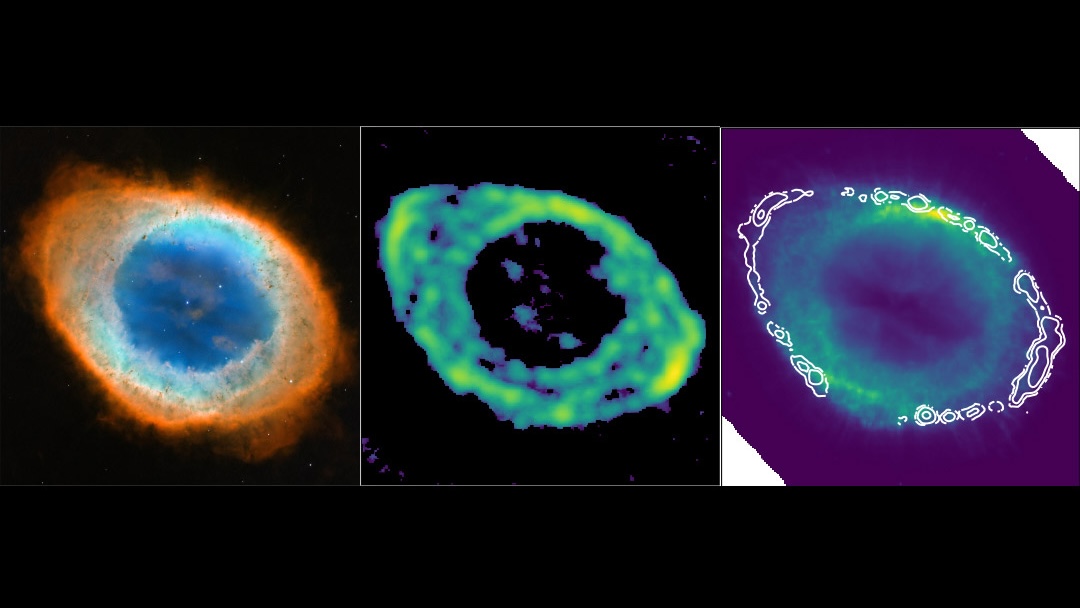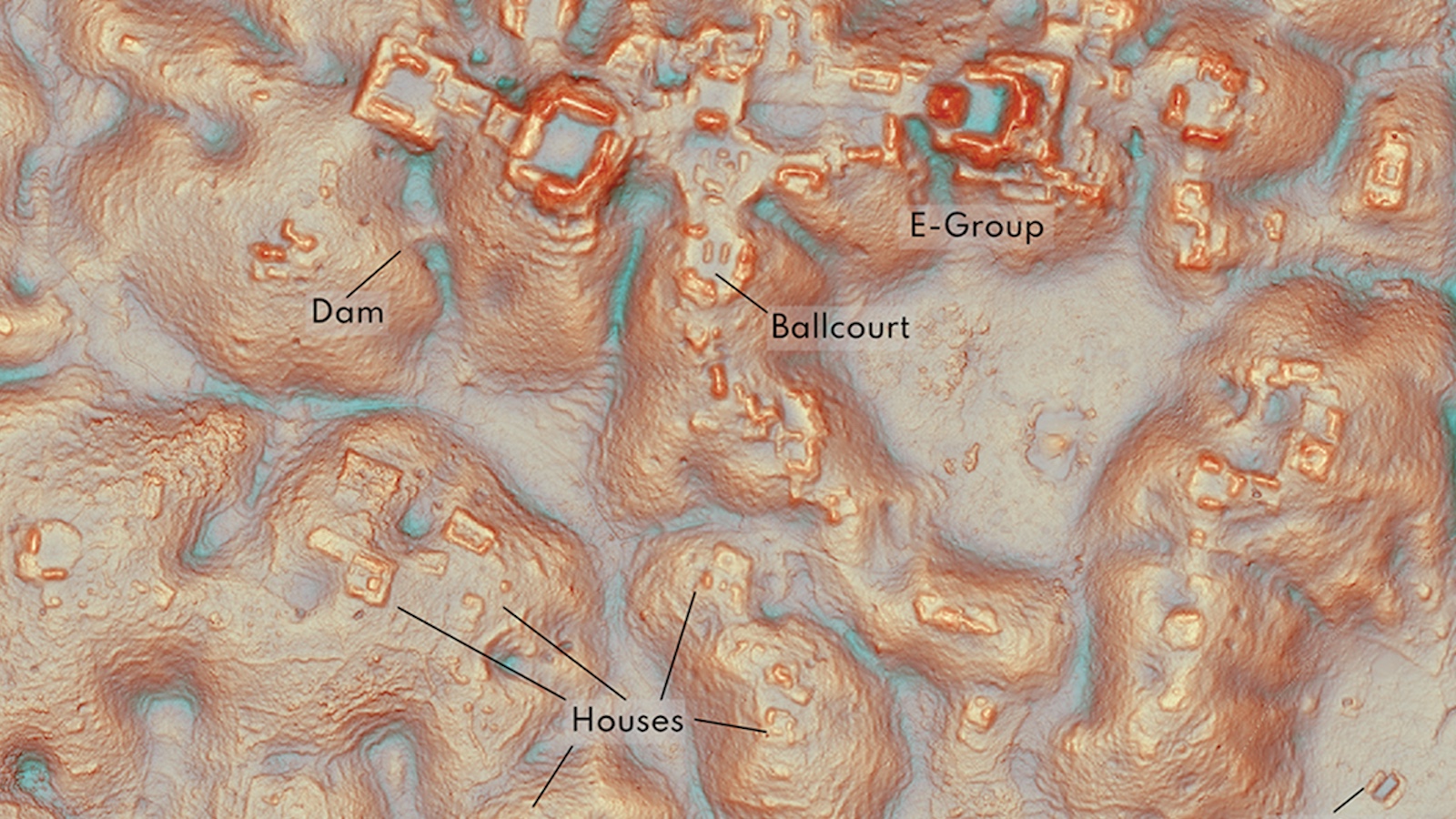The Internet’s Cult of Now

There is only one measure of time that matters to the current Internet generation: the here and now. The Cult of Now is influencing everything that we do and every interaction we have on the Internet, especially since providing a live, real-time update is often no more difficult than pressing a button on a smart phone. We now perceive our digital lives as a continuous flow of information, and as the intensity of this information flow builds, it means that “the now” gets a disproportionate amount of attention and focus in our society. The Cult of Now satisfies our desire for instant digital gratification, but does it impoverish us in other ways?
The legacy of the Facebook-led social networking era is our perception of our digital lives as a continuous feed or stream. We live in an era of “trending topics,” of “viral memes” and “breaking news.” We rely on these feeds and streams for our news and updates. At one time, the only information that we perceived as a continuous flow was the steady ebb and flow of stock market quotes. Now, these real-time information flows seem to be all around us – ticker crawls at the bottom of every screen, live streams of events, the endless flow of content on a tiny mobile screen any time we open up an app.
According to Internet visionary Kevin Kelly, “flowing” is now one of the six key words for describing our digital media landscape. Files, folders and desktops have finally been replaced by streams and feeds. Log in to any social media account, and you are immediately presented with trending topics and a seemingly endless array of updates about what people are doing NOW. We object vociferously when websites take too long to load or the Twitter fail whale disrupts us from the gentle cascade of tweets in our lives. The real allure of new, super-fast 4G networks is their ability to deliver information to us faster than ever before.
We are People of the Screen, using always-on mobile devices such as smart phones and tablets to keep constant tabs of what is happening around us. Those tiny screens on our mobile gadgets are changing not just how we think about the world around us, but even how we view it. Updates must be small and digestible enough to fit on our screens. “Live” video streams used to be the exception rather than the rule, reserved for only the most important events in our lives. Now, according to Steven Levy in WIRED, an exploding number of tools are able to transform our mobile devices into streaming video machines. It is just incredibly easy to use your smart phone as a videocamera. Within the next decade, it is quite possible that we will consume the bulk of our video as a “live” stream.
To feed this relentless appetite for Nowness, the number of enabling technologies and platforms for the Cult of Now continues to grow. What is the development of the “cloud,” really, if not a way for all of us to have real-time access to any information, at any time, on any device. We are willing to outsource the storage of our personal data and information to the cloud in exchange for the implicit promise that all of this information and data will be available at any time, in any place.
At this year’s SXSW event, typically a harbinger of future digital trends, the most talked-about technologies were “ambient awareness” apps like Highlight that enable you to see who is around you now. They are location-aware services that that run passively run in the background, giving you updates about all the people around you that you might want to connect with. It’s easy to see why apps like Highlight were such a hit at SXSW – there’s a sense of magic when your mobile device is able to pull this information seemingly out of thin air, adding an element of beautiful serendipity to every moment. Your friends now appear to surround you in the ether, the way ambient music plays in the background without you really noticing.
The Cult of Now is so very seductive because it is always “in the moment” that one feels the most alive. What happens in the “here and now” is always more appealing and tangible than at some future time that delays our need for instant gratification. There is a drawback, of course. Is it possible that, as a society, we will no longer be able to remember the past and no longer envision the future, when all of our collective energies are put into imagining the now? This fixation on the “now” necessarily leaves us short-sighted, unable to see the bigger picture. The real-time generation has the opportunity to become the greatest generation, but only if it remembers the accumulated stock of wisdom of knowledge stored not in streams and feeds, but in books, folders and dusty old archives.
image: Shot of a Futuristic Young Man / Shutterstock





